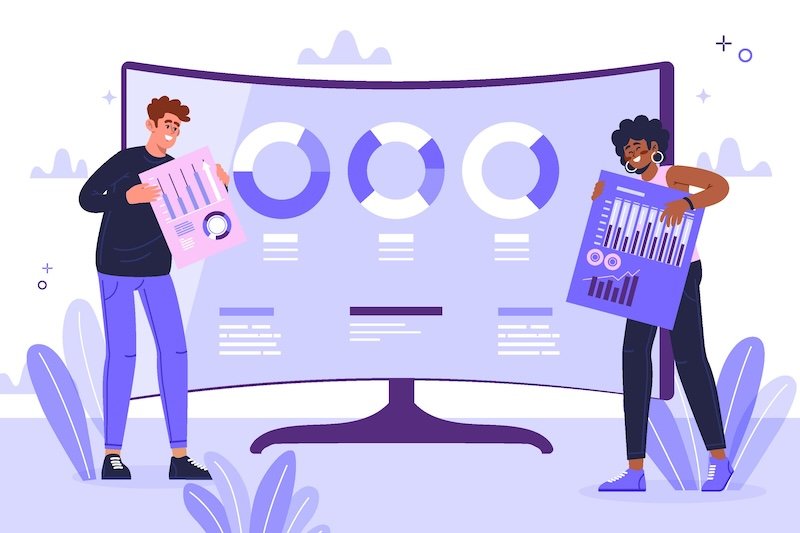
In today's world, data is king. Businesses are collecting more data than ever before, and they are using this data to make better decisions about everything from product development to customer service. However, data can be overwhelming and difficult to understand. This can make it difficult to make informed decisions.
Gamification can help to make data more engaging and understandable. By using game design elements, such as points, badges, and leaderboards, gamification can make data more fun and rewarding to explore. This can make users more likely to interact with data and to learn from it.
How Gamification Can Be Used for Data-Driven Decision Making
There are many ways that gamification can be used for data-driven decision making. Here are a few examples:
Data visualization: Gamification can be used to create interactive data visualizations that make data more engaging and easier to understand. For example, a company could create a game that allows users to explore its customer data by clicking on different segments of the population.
Challenges: Gamification can be used to create challenges that motivate users to explore data and to learn from it. For example, a company could create a challenge that rewards users for finding patterns in their sales data.
Leaderboards: Gamification can be used to create leaderboards that track users' progress and that motivate them to compete with each other. For example, a company could create a leaderboard that tracks how many employees have completed a training module.
Rewards: Gamification can be used to provide rewards for users who engage with data. These rewards can be anything from virtual badges to real-world prizes.
Benefits of Gamification for Data-Driven Decision Making
There are many benefits to using gamification for data-driven decision making. Here are a few of the most important benefits:
Increased engagement: Gamification can increase user engagement with data. This is because gamification makes data more fun and rewarding to explore.
Improved understanding: Gamification can improve users' understanding of data. This is because gamification helps users to see patterns and trends in data that they might not have noticed otherwise.
Motivation: Gamification can motivate users to explore data and to learn from it. This is because gamification creates a sense of competition and accomplishment.
Decision-making improvement: Gamification can help to improve decision-making by making data more accessible and understandable. This is because gamification makes it easier for users to identify patterns and trends in data.
Challenges of Gamification for Data-Driven Decision Making
There are also some challenges associated with using gamification for data-driven decision making. Here are a few of the most important challenges:
Design: It can be challenging to design effective gamification solutions for data-driven decision making. This is because the design needs to be engaging, understandable, and motivating.
Data quality: The quality of the data is important for the success of any gamification solution. If the data is not accurate or complete, the gamification solution will not be effective.
User acceptance: Users need to be willing to participate in the gamification solution. If users are not interested in the solution, it will not be successful.
Conclusion
Gamification can be a powerful tool for making better data-driven decisions. However, it is important to carefully consider the design, data quality, and user acceptance challenges before implementing a gamification solution.
I hope this blog post has been helpful. If you have any questions, please feel free to leave a comment below.

